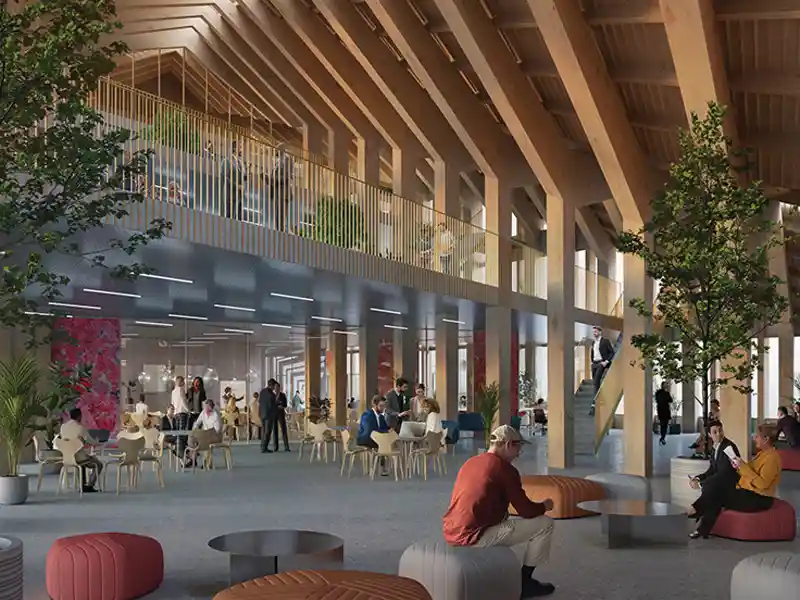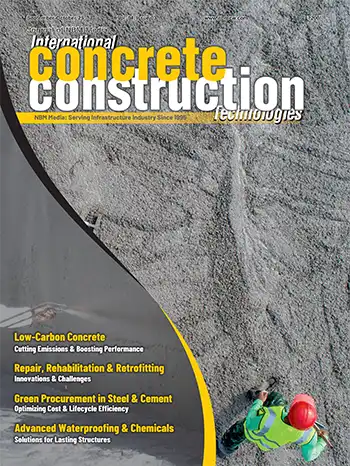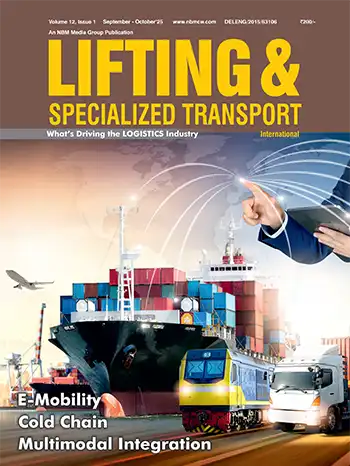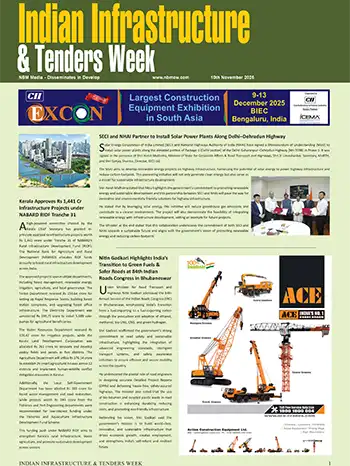Incorporating rainwater harvesting and wastewater reuse into architectural design is a crucial step towards achieving regenerative architecture; these practices conserve water and enhance the resilience and sustainability of buildings and communities.
Anil Badan - Founder & Principal Architect, Studio B Architects
Imagine a world where buildings coexist with nature and restore the environment efficiently. Such structures can be erected through regenerative architecture with a focus on innovative approaches of rainwater harvesting and wastewater reuse.
Water is a precious and finite resource. Effective water management is crucial in the face of increasing climate variability and water scarcity. Rainwater harvesting reduces the dependence on external supplies and promotes saving water. This involves collecting and storing rainwater for later use. This practice mitigates the impact of stormwater runoff, which can cause erosion and water pollution.
Rainwater can be directed from roofs and gutters to storage systems for efficient collection. Further, pipes can be installed in places to deliver the stored water when needed. This concept lowers the water bills and costs related to it. Rainwater harvesting provides an alternative to a water source during droughts or water shortages. Lastly, it encourages the use of renewable energy sources thoughtfully, aligning with the goals of regenerative design.

Wastewater reuse involves treating and reusing wastewater from showers and washing machines. This process reduces the volume of water that needs to be treated by municipal systems and provides an additional water source for non-potable uses. It requires filters, biological treatment, and disinfection processes that can purify wastewater for various purposes.
Reusing wastewater leads to a reduced demand for potable water, conserving this vital resource. It also minimizes the volume of wastewater that needs to be treated and discharged. Ultimately, it lowers water and wastewater treatment costs, and encourages a closed-loop water system, promoting resource efficiency.
Advanced filtration systems ensure that the collected rainwater is purified to meet various usage standards. Automated sensors and smart controllers can monitor water levels, quality, and flow, enabling real-time data analysis. Machine learning algorithms can predict rainfall patterns and optimize water collection, making water harvesting and reusability more reliable.
















